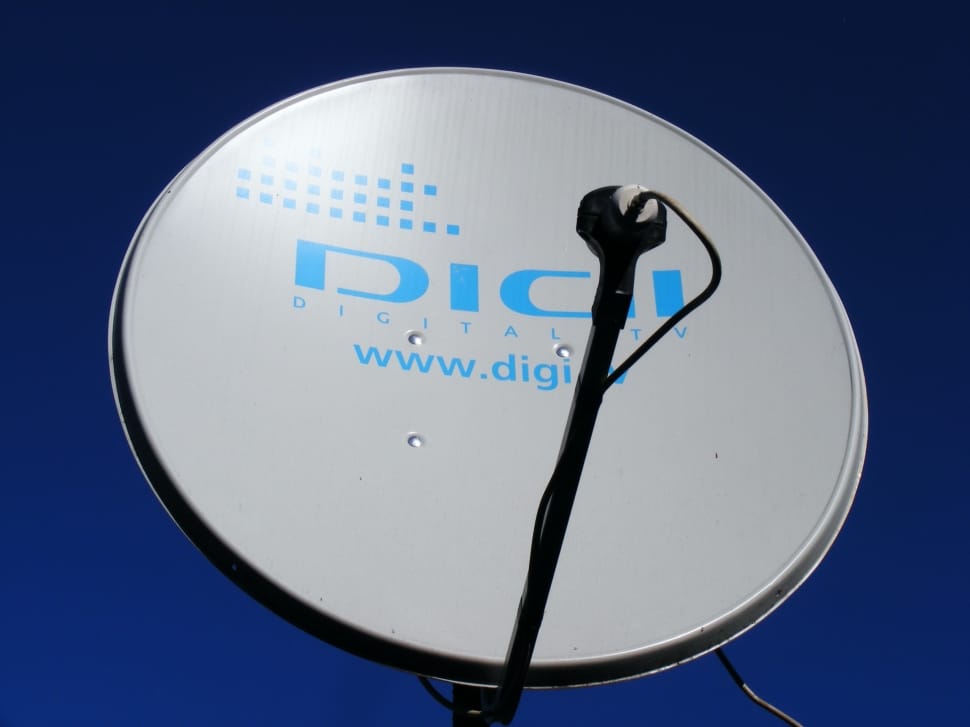Image Credit: peakpx.com
Recent advancements in 5G technology have introduced a new era of connectivity, promising faster speeds and improved performance across various devices. However, these remarkable improvements come with potentially disruptive implications for traditional TV aerial signals.
The deployment of 5G networks, especially in the context of their operation within specific frequency bands, has raised concerns about potential interferences that could affect television reception. This article examines the influence of 5G on TV aerial signals, considering both the technical aspects and practical solutions.
Table of Contents
Understanding 5G and its Frequency Bands
5G, or the fifth generation of wireless communication technology, operates primarily within three frequency bands: low-band, mid-band, and high-band. Low-band 5G, similar to previous 4G networks, offers extensive coverage and penetrates buildings efficiently but with modest data rates.
Mid-band 5G provides balanced coverage and capacity, while high-band, or millimetre wave (mmWave), offers high speeds over shorter distances with limited penetration capabilities.
The critical concern lies within the mid-band frequencies, also known as the C-band, which ranges from 3.4 GHz to 3.8 GHz. These frequencies, close to those utilised by Freeview televisions, set the stage for potential interference, particularly when 5G networks expand across the UK.
Potential Interference with TV Aerial Signals
Interference occurs when the frequencies used by 5G overlap or come sufficiently close to those employed by TV transmissions. Freeview, the UK’s digital terrestrial television service, primarily uses a frequency spectrum between 470 MHz and 694 MHz for TV broadcasts. Although non-overlapping, adjacent frequency bands can still cause out-of-band emissions, leading to interference Rubber Extrusions.
One significant concern is the ‘out-of-band’ emissions from 5G transmitters, which, despite being regulated, could spill into the bands used by TV channels. This spill-over can manifest as pixelation, signal loss, or degraded image quality. The burgeoning of 5G base stations closer to residential areas amplifies these risks, making interference management more challenging.
Current Evidence of Interference
While theoretical concerns about 5G interference with TV signals are well-founded, practical evidence remains limited. Nonetheless, there have been isolated reports of disrupted TV signals coinciding with the rollout of 5G services. Instances of interference reported by consumers include intermittent loss of television reception and distorted images, often necessitating technical interventions to restore normality.
Regulators such as Ofcom have acknowledged these interference risks, prompting the introduction of mitigation measures. These include stringent emission limits for 5G transmitters and grants for filters to households affected by interference. However, the dynamic nature of 5G deployment means ongoing vigilance and corrective measures remain crucial.
Role of Professional Installers
Given the complexities introduced by 5G, the role of professional TV aerial installers has become increasingly important. These experts have access to the latest tools, training, and knowledge to diagnose and resolve interference issues. A professional installer can assess signal quality, identify potential sources of interference, and implement appropriate filtering solutions to mitigate adverse effects.
Professional aerial installers are also well-versed in the latest industry standards and regulations, ensuring that any corrective measures not only solve immediate problems but also comply with legal requirements. This expertise provides a level of assurance that DIY solutions often fail to deliver.
Practical Solutions to Mitigate Interference
There are several practical strategies to mitigate 5G interference with TV aerial signals. Installing high-quality 4G and 5G filters tends to be the most effective solution. These filters block out interference from high-frequency 5G signals, allowing the TV to receive clean broadcasting signals.
Another possible intervention includes repositioning the TV aerial to reduce exposure to 5G sources. Sometimes, a slight adjustment in the orientation or location of the aerial can significantly improve signal reception quality. In more severe cases, upgrading to a more resilient aerial designed to operate effectively in the presence of 5G signals could be advisable.
Future Outlook and Technological Advancements
As technology continues to advance, new solutions are likely to emerge to address the interference issues. Research is ongoing into more sophisticated filtering technologies and software algorithms that can intelligently differentiate between TV signals and 5G transmissions, thereby mitigating any adverse impacts without requiring extensive hardware changes.
Additionally, the telecommunication industry and regulatory bodies continue to monitor and manage the spectrum allocation to prevent overlaps. These coordinated efforts aim to ensure that the pressing demand for high-speed connectivity does not compromise the quality of television broadcasting.
Consumer Awareness and Preparedness
For consumers, being informed about potential 5G interference issues is crucial. Awareness allows for timely identification of issues and quicker resolutions, whether through professional assistance or self-help measures. Consumers should remain vigilant for any changes in TV signal quality that correlate with the introduction of 5G services in their vicinity.
Consulting with professional TV aerial installers ahead of foreseeable 5G rollouts can also pre-empt potential issues. Many installation companies offer assessments to evaluate the current state of aerial setups and recommend proactive measures to guard against interference.
Conclusion
The impact of 5G on TV aerial signals reflects a complex interplay between advancing technology and existing infrastructure. While the benefits of 5G are manifold, understanding and addressing its potential to interfere with television signals is vital Inflatable Seals .
Through technical diligence, consumer awareness, and the expertise of professional installers, the UK can enjoy the full potential of 5G connectivity without compromising the quality of TV broadcasting. As 5G continues to expand, a balanced approach will ensure both cutting-edge communication and reliable television services remain accessible to all.
Also Read: Things to keep in mind when installing a home theatre system

